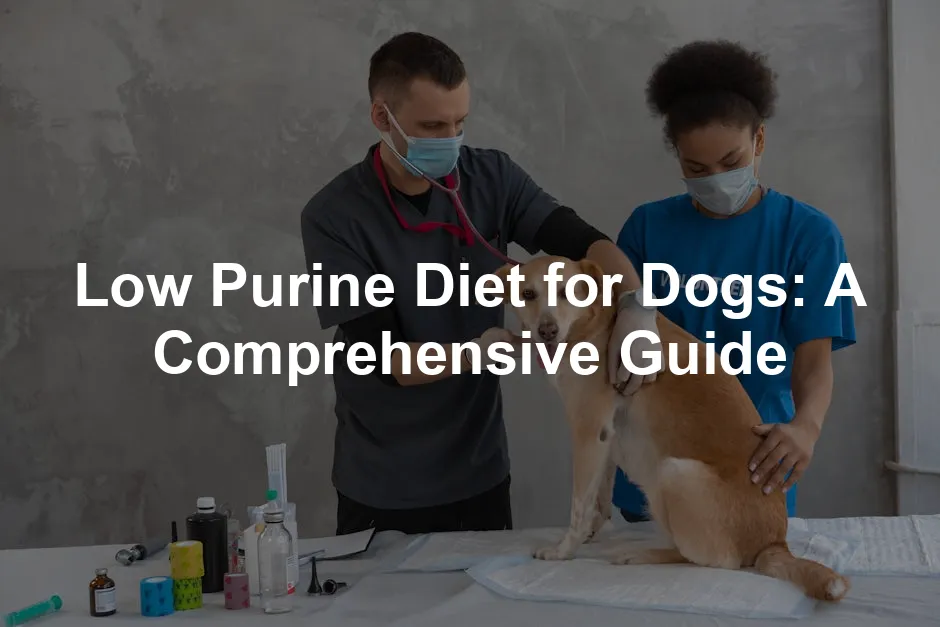For a healthy snack, check out Sweet Potato Dog Treats. They’re a delicious way to keep your pup happy while staying within the dietary guidelines!
Considering what vegetables are safe for dogs is important. You can learn more about this with our guide on can dogs eat carrots.
Foods to Avoid
To maintain a low purine diet, avoid high purine foods. Organ meats like liver and kidneys are particularly rich in purines and should be eliminated. Certain fish, such as sardines and mackerel, also rank high in purine content and can exacerbate health issues.
For proper food storage, consider a Dog Food Storage Container. It keeps your pup’s meals fresh and safe from pests!
Implementing the Diet
How to Transition Your Dog to a Low Purine Diet
Switching your dog to a low purine diet requires patience. Start by gradually mixing the new food with your dog’s current diet. Begin with a small portion of the low purine food, increasing the amount over a week. This helps your dog adjust without digestive issues.
While transitioning, consider using Dog Training Clicker to reinforce positive behavior during meal times. It can make the whole experience more enjoyable!
Monitoring Your Dog’s Health
Monitoring your dog’s health during dietary changes is crucial. Keep an eye on their energy levels, appetite, and bathroom habits. Pay attention to any unusual symptoms, such as vomiting or excessive thirst.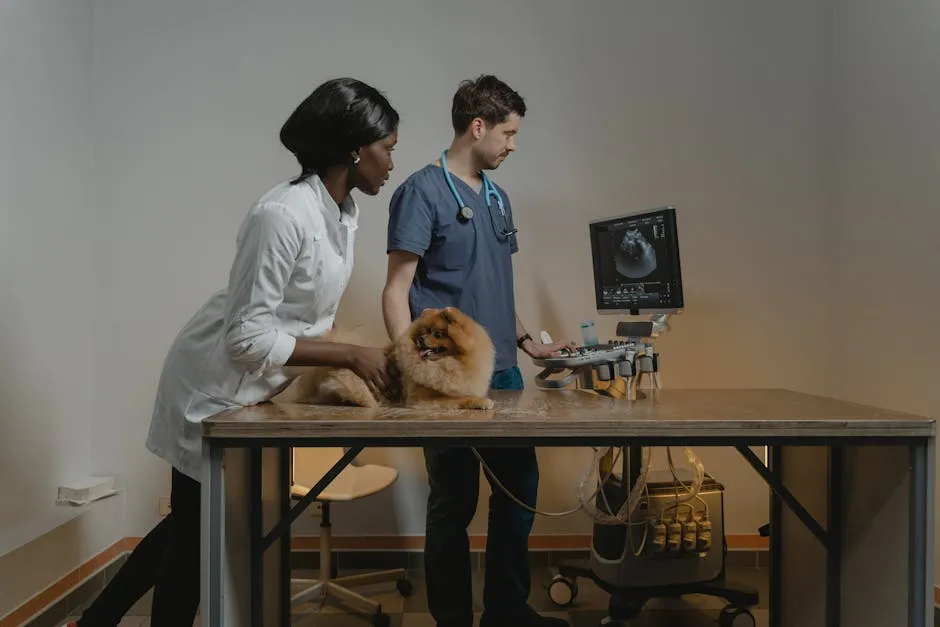
Benefits of a Low Purine Diet
Health Improvements
A low purine diet can lead to significant health improvements for certain dogs. By reducing purine intake, you may notice a decrease in urinary issues, including frequent infections or stones. Improved kidney function is another potential benefit, especially for breeds prone to these problems.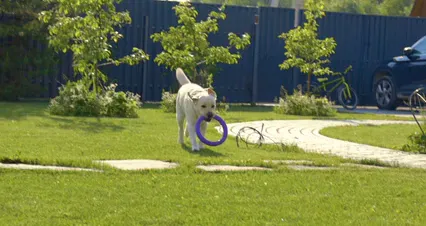
As you embrace this new lifestyle, consider a Dog Activity Tracker to monitor their daily exercise. Keeping track of their activity levels can help ensure they’re staying fit and healthy!
Additional Nutritional Considerations
While focusing on purine levels is important, a balanced diet remains essential. Ensure your dog receives adequate vitamins and minerals. Incorporate healthy fats for optimal skin and coat health.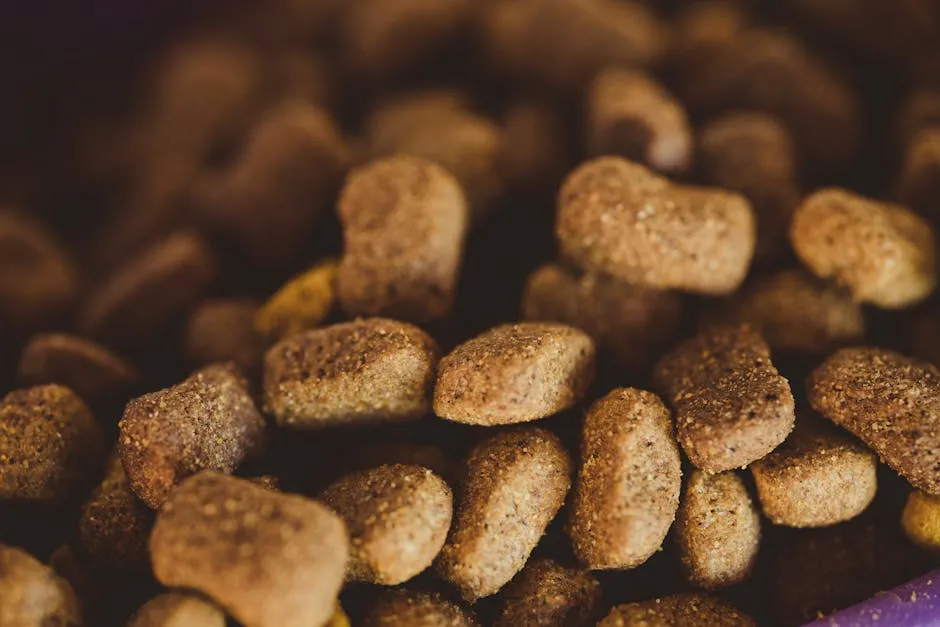
For a fun way to keep your dog engaged, consider a Dog Puzzle Toy for Mental Stimulation. Keeping their minds active is just as important as their physical health!
Conclusion
In summary, a low purine diet is vital for certain dog breeds, especially Dalmatians. This dietary approach can help prevent urinary stones and improve kidney function. Always consult your veterinarian for personalized dietary recommendations. Taking these steps ensures your dog enjoys a healthier, happier life.
And don’t forget, a cozy dog bed makes all the difference! Check out this Dog Bed for Small to Medium Breeds to ensure they have a comfy place to rest after all those adventures!
Please let us know what you think about our content by leaving a comment down below!
Thank you for reading till here 🙂
All images from Pexels
Introduction
A low purine diet for dogs helps manage specific health issues. Breeds like Dalmatians often struggle with purine metabolism. This can lead to urinary stones and other complications. This article aims to educate pet owners about low purine diets and their benefits, ensuring a healthier life for their furry friends.But let’s not forget that our furry friends also enjoy a tasty treat! Consider indulging them with Chicken and Turkey Treats for Dogs. These delicious snacks are low in purines and perfect for rewarding your pooch without compromising their health!
Summary and Overview
Purines are organic compounds found in many foods. They play a role in cellular metabolism, but excessive levels can be harmful. When dogs consume high purine foods, they can develop health issues like urinary stones. Breeds such as Dalmatians, Bulldogs, and Miniature Schnauzers are most affected by these problems. Implementing a low purine diet can significantly improve the health of dogs prone to these issues. By reducing purine intake, pet owners can help prevent painful conditions and promote overall well-being.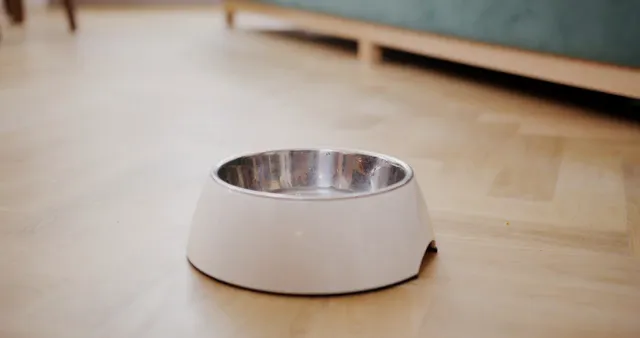
While managing purine levels, don’t forget about hydration! Keeping your dog well-hydrated is essential, especially for breeds prone to urinary issues. A Dog Water Bottle for Outdoor Activities can make it easy to keep your pup refreshed during walks or hikes!
Understanding the health issues that can arise from high purine intake is crucial for dog owners. dog health issues
Understanding Purines
What are Purines?
Purines are natural compounds found in all living cells. They play a vital role in creating DNA and RNA, essential for cell growth and function. In dogs, purines come from two sources: endogenous and exogenous. Endogenous purines are produced internally by the body, while exogenous purines come from food sources. When dogs consume purines, they are broken down into uric acid, which is then filtered by the kidneys and excreted in urine. This process is typically efficient, but some dogs, particularly certain breeds, struggle with purine metabolism, leading to health issues.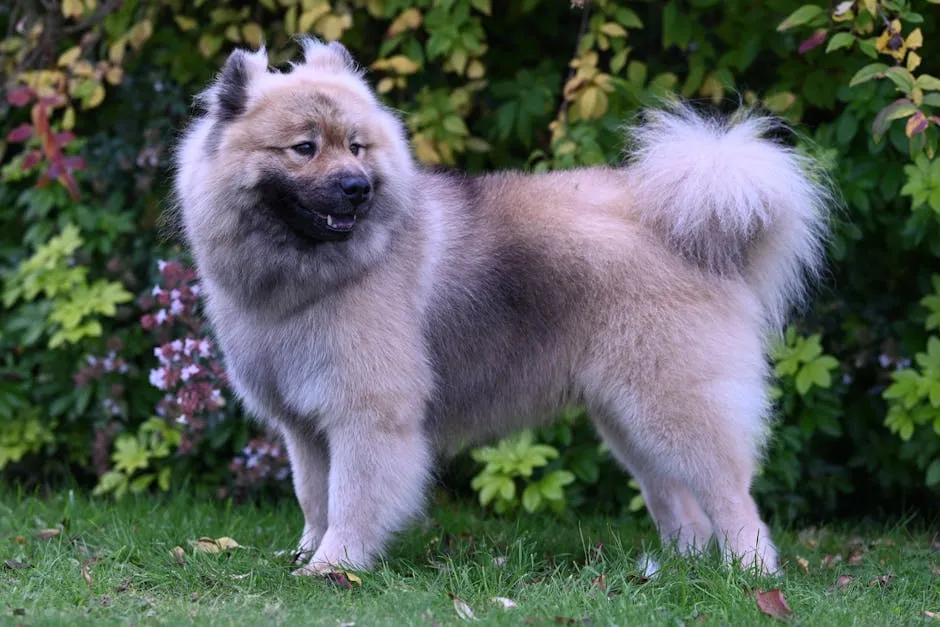
Why Can Purines be Problematic for Dogs?
Excessive purine intake can be especially harmful for specific dog breeds, such as Dalmatians and Bulldogs. These breeds have genetic predispositions that hinder their ability to process uric acid effectively. High levels of uric acid can lead to the formation of urinary stones, causing pain and discomfort. Symptoms may include frequent urination, blood in urine, and straining during bathroom breaks. Furthermore, elevated uric acid levels can contribute to kidney problems, making it crucial for affected breeds to follow a low purine diet to maintain their health.To help with this journey, consider using a Dog Grooming Kit. Regular grooming not only keeps your dog looking sharp but can also help you spot any health concerns early!
Identifying Affected Breeds
Breeds That Require a Low Purine Diet
Certain dog breeds are more susceptible to purine-related health issues. Dalmatians top the list due to a genetic trait that limits their ability to break down uric acid. This leads to the formation of urinary stones. Bulldogs also face similar challenges, often developing urate stones due to their unique metabolism. Miniature Schnauzers, known for their predisposition to urinary issues, also benefit from a low purine diet. Other breeds that may require dietary adjustments include English Setters and Yorkshire Terriers. Understanding these predispositions helps in managing your pet’s health.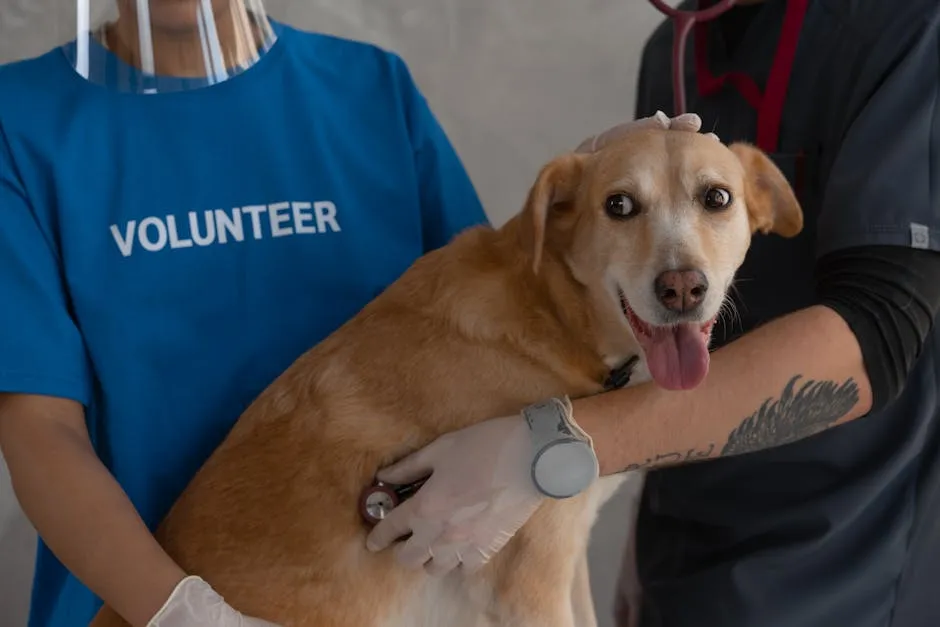
For those with Dalmatians, consider a Dog Nail Clipper to keep their paws healthy. Regular nail trimming can help prevent injuries and ensure comfort while walking!
For Bulldog owners, it’s essential to understand their dietary needs. dog bowls for french bulldogs can also play a role in their health management.
Health Conditions Requiring a Low Purine Diet
Several health conditions necessitate a low purine diet for dogs. Leishmaniasis, a parasitic disease, can lead to elevated uric acid levels. Dogs undergoing treatment for this condition often require dietary adjustments to manage uric acid effectively. Kidney disease is another concern; high purine foods can worsen kidney function. Additionally, hyperuricosuria, a condition characterized by excessive uric acid in the urine, can result in painful urinary stones. Adopting a low purine diet can alleviate these issues and improve overall health for affected dogs.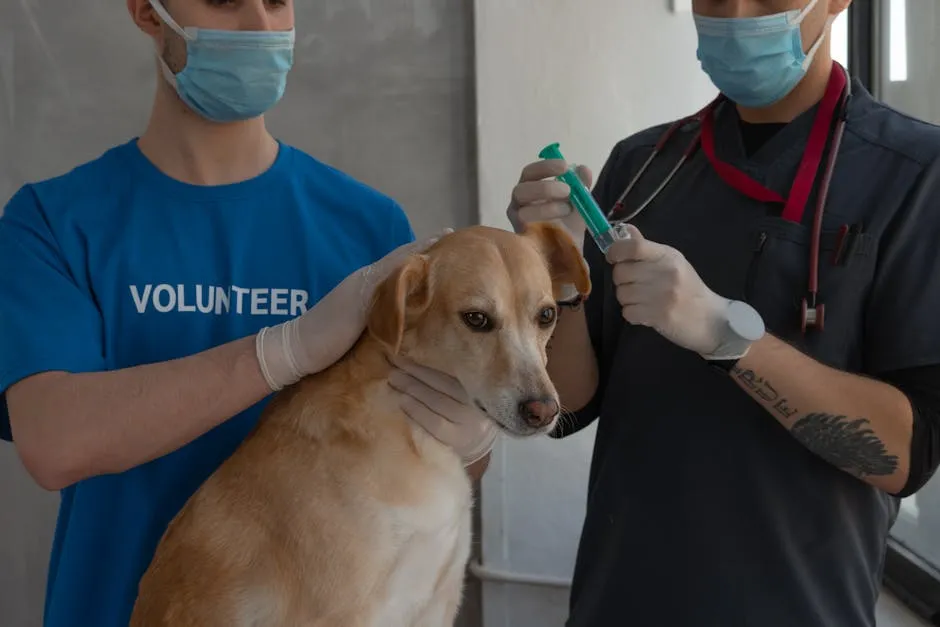
For these health concerns, a Pet First Aid Kit is a must-have for dog owners. Be prepared for any unexpected situations that may arise!
Designing a Low Purine Diet
Foods to Include
When creating a low purine diet for your dog, focus on protein sources that are easier to digest and lower in purines. Chicken and turkey are excellent choices, as they provide lean protein without excessive purine levels. Rabbit is another great option, offering a unique protein source that’s gentle on sensitive stomachs.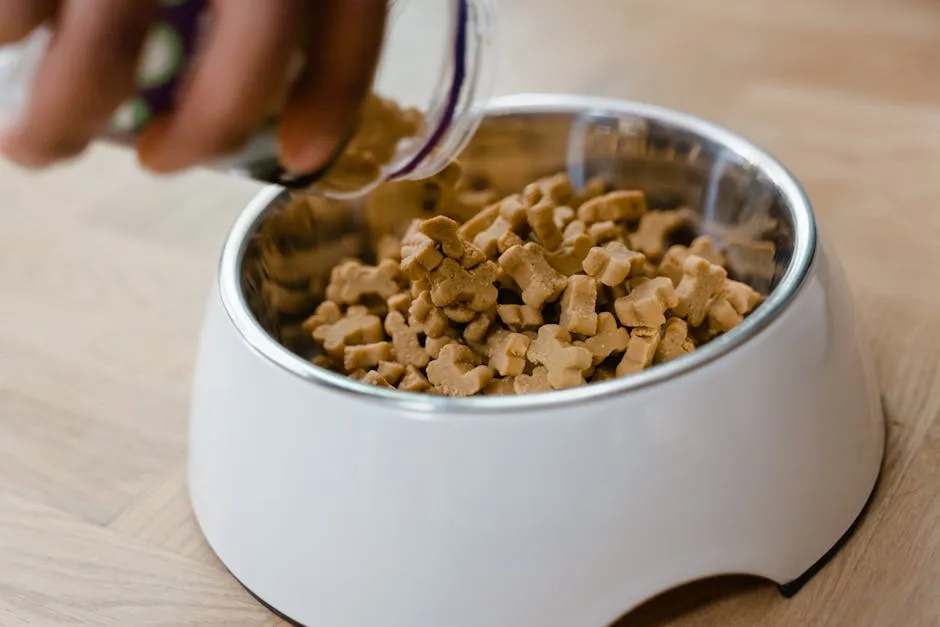
For a healthy snack, check out Sweet Potato Dog Treats. They’re a delicious way to keep your pup happy while staying within the dietary guidelines!
Considering what vegetables are safe for dogs is important. You can learn more about this with our guide on can dogs eat carrots.
Foods to Avoid
To maintain a low purine diet, avoid high purine foods. Organ meats like liver and kidneys are particularly rich in purines and should be eliminated. Certain fish, such as sardines and mackerel, also rank high in purine content and can exacerbate health issues.
For proper food storage, consider a Dog Food Storage Container. It keeps your pup’s meals fresh and safe from pests!
Implementing the Diet
How to Transition Your Dog to a Low Purine Diet
Switching your dog to a low purine diet requires patience. Start by gradually mixing the new food with your dog’s current diet. Begin with a small portion of the low purine food, increasing the amount over a week. This helps your dog adjust without digestive issues.
While transitioning, consider using Dog Training Clicker to reinforce positive behavior during meal times. It can make the whole experience more enjoyable!
Monitoring Your Dog’s Health
Monitoring your dog’s health during dietary changes is crucial. Keep an eye on their energy levels, appetite, and bathroom habits. Pay attention to any unusual symptoms, such as vomiting or excessive thirst.
Benefits of a Low Purine Diet
Health Improvements
A low purine diet can lead to significant health improvements for certain dogs. By reducing purine intake, you may notice a decrease in urinary issues, including frequent infections or stones. Improved kidney function is another potential benefit, especially for breeds prone to these problems.
As you embrace this new lifestyle, consider a Dog Activity Tracker to monitor their daily exercise. Keeping track of their activity levels can help ensure they’re staying fit and healthy!
Additional Nutritional Considerations
While focusing on purine levels is important, a balanced diet remains essential. Ensure your dog receives adequate vitamins and minerals. Incorporate healthy fats for optimal skin and coat health.
For a fun way to keep your dog engaged, consider a Dog Puzzle Toy for Mental Stimulation. Keeping their minds active is just as important as their physical health!
Conclusion
In summary, a low purine diet is vital for certain dog breeds, especially Dalmatians. This dietary approach can help prevent urinary stones and improve kidney function. Always consult your veterinarian for personalized dietary recommendations. Taking these steps ensures your dog enjoys a healthier, happier life.
And don’t forget, a cozy dog bed makes all the difference! Check out this Dog Bed for Small to Medium Breeds to ensure they have a comfy place to rest after all those adventures!
Please let us know what you think about our content by leaving a comment down below!
Thank you for reading till here 🙂
All images from Pexels

